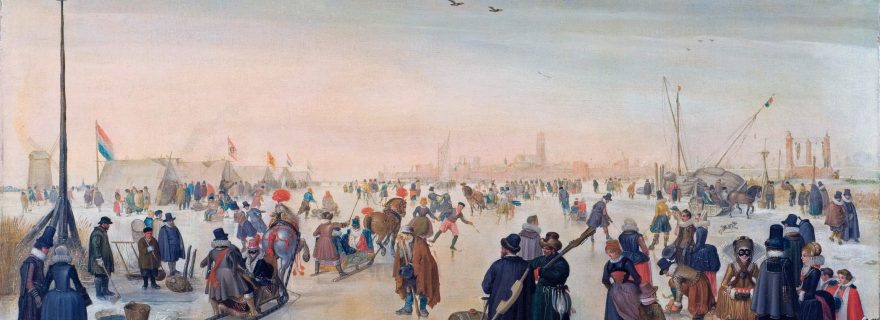National imagination in two Dutch commercials
Print capitalism has played a crucial role in the making of nations in modern times. However, it is a technology which has drastically changed. By looking at two to recent Dutch commercials I would like to show how.
Even when books still play an important role in providing us with an imaginary for national consciousness, they are not as crucial today as they used to be. Following Benedict Anderson’s point of departure, who regards nationality, nation-ness and nationalism as cultural artifacts of a particular kind (1983:4) while stressing them as historical constructs, I would here like to provoke a reflection on nation making today.
Before I move on to these questions, let me very briefly summarize how Anderson defines a nation and what he means by cultural artifact.
First of all, for Anderson a nation is an imagined community. The image of their communion exists in the minds of the people even if they mostly do not know each other. Also, he argues that the term imagined should not be mistaken for the genuineness of the communities. Instead, he stresses the need to pay attention to the ways or styles in which historically nations have come to be imagined as such.
Second, for Anderson nations could also be defined as having two other particular features: that of being limited, i.e., imagined as having boundaries beyond which lay other nations, and sovereign, i.e., mostly free of divinely ordained hierarchies and dynastic realms. In brief, Anderson claims the need to study nations as aligned to those larger cultural systems that have produced them. In other words, he claims that the very idea of nation is a product of human craft and imagination, and therefore a cultural artifact.
Printing made it possible for a growing number of people to think about themselves and about others in national terms. I would like to advance the discussion by reflecting on how technologies linked to the history of capitalism, print and media have continued to reproduce nationalistic and emotional attachments to this day. Briefly, 1. Capitalism has extended the boundaries in which communities imagine themselves and relate to others, mostly regarding the commercial exchange of their tangible and intangible assets. 2. Print was once a very important way in which publics were recreated and audiences reached; however, today this technology no longer plays the same socio-cultural role. Consequently, print no longer helps us to fully understand those ways in which national emotional legitimacy continues to be reproduced. 3. Likewise, media technologies have recently exploded into a variety of very diverse instruments, changing also the importance that language had in the recreation of delimited publics and markets. One of the most telling examples being the recent developments of the internet and the instant dissemination of images and audio-visual texts across national borders and across space.
Let’s take as an example two Dutch reclames (commercials) I have seen online recently. The first one is from 1996 and is called 15 Miljoen Mensen, and the second is from this year and is called Holland, the original cool. A quick comparison shows a few very interesting similarities and differences. For one, these videos are made of a compilation of images of things and practices which bring together and summarize a wider national narrative in a video of a few minutes, not necessarily by making an argument out of it, but proving a list of concepts instead. Furthermore, I find these two Dutch reclames also interesting because they both are aimed at promoting Dutch intangible assets, i.e. things you cannot touch.
Consequently, they both use the image of the nation to sell something else, which in these cases are services, banking and those tourism related. But they are also meant for two different audiences, the first one addressed in Dutch and the other in English, thus aimed for a consumer based in a domestic market and another one based outside Dutch speaking borders.
After this quick comparison, I just wanted to highlight, first, the importance of visual languages for analyzing the current production of national consciousness, and second, the evident structure that underlies this particular way of building a narrative, which mostly consists of assembling a list of images in one text. However, beyond the specific similarities and differences between these two videos, it becomes evident that media technology, audiences and markets continue to be interlinked, shaping the very imagination of the nation in novel ways. And, what is more important: these might be even changing the way we view, think and refashion ourselves and the relation we built upon others.
Thanks to Jeroen B. for sharing with me the 15 Miljoen Mensen reclame and to Chris C. for sharing with me the Holland, The Original Cool commercial.



0 Comments
Add a comment